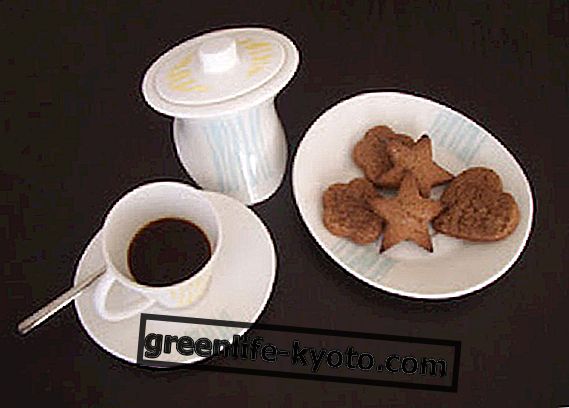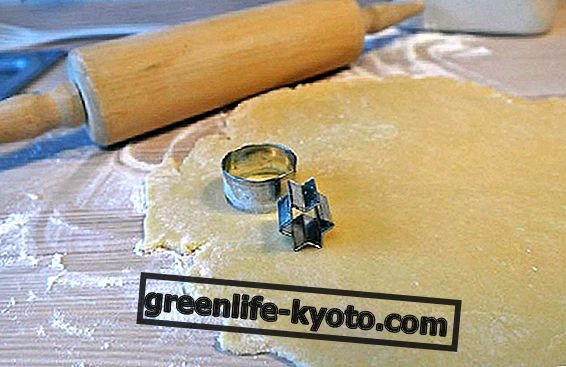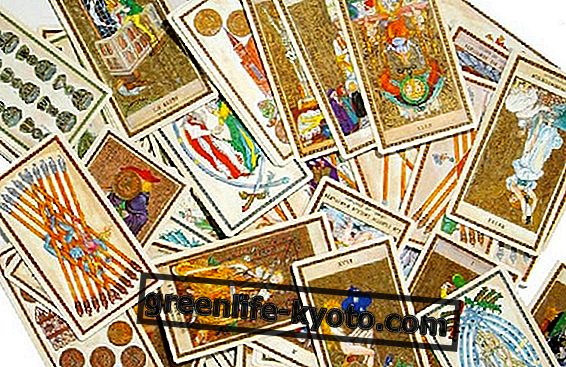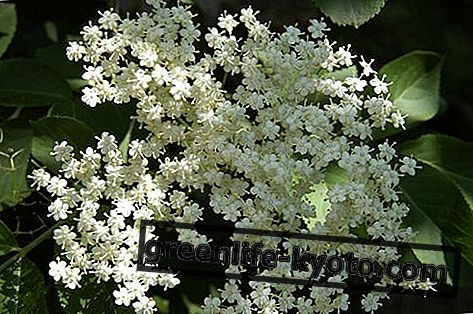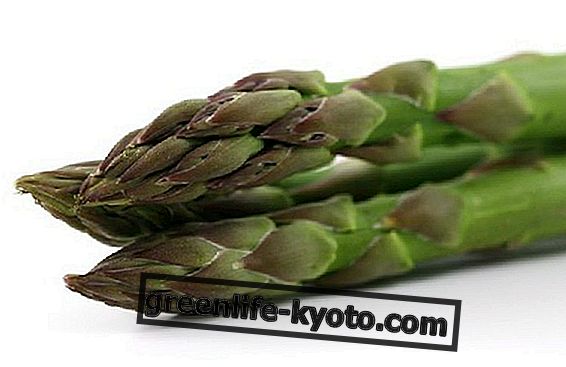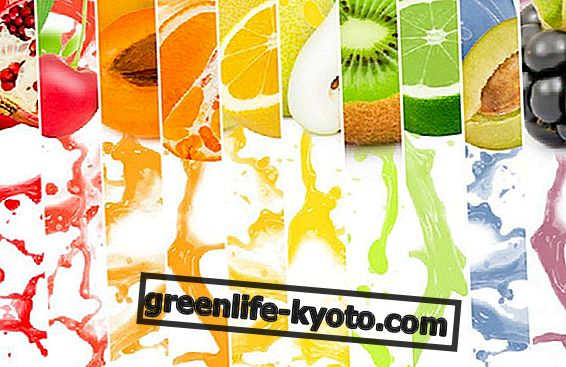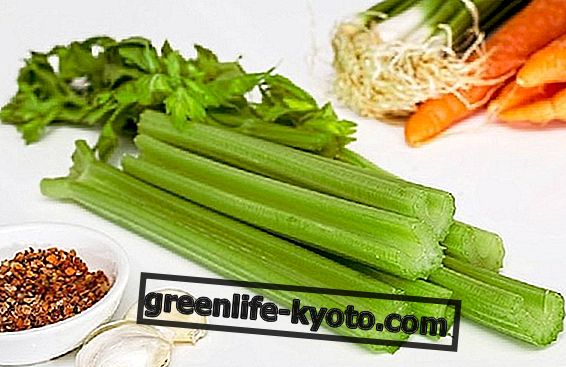
We all know the product that bees friends call honey called and we usually associate it with the sweet taste, the amber yellow color and the sticky consistency, but not all the honeys are like that and it is not always easy to choose a high quality honey. The factors that determine its color, its consistency, its flavor and its beneficial properties are many, but the essential is knowing how to choose and recognize a honey of good quality among the various honeys that are on the market.
Read the label: origin of honey
The first thing to consider when buying honey, if you want to choose a high quality product, is to learn to read the product label . First of all, honey can be produced in Italy or abroad and this can be known by reading the wording on the product indicating " mixture of honeys from various European and non-European countries ".
This phrase indicates that honey can be all or in part of non-European origin and therefore we will not have many guarantees of honey production procedures. Instead if we choose a 100% Italian honey we will know that it is a honey of excellent quality because the standards of our country are very high and we have many guarantees obtained thanks to the various rules of hygiene, safety and controls carried out during all stages of production of honey.
Honey certification
Another good rule is to read on the label if there is any certification, such as for example that the honey is "from organic farming" or is a PDO product (protected designation of origin) . The first certification states that the honey was produced under the organic farming protocol and this guarantees the absence of residues of chemical substances such as drugs, antibiotics or pesticides inside the honey and also the whole process of breeding bees until the sale of honey is regulated with procedures that avoid contamination of chemical synthesis substances and favor the good balance of the natural biological system.
The products instead called DOP instead respect a production protocol that guarantees the typicality and the traditionality of that particular product linked to the area of origin of its production.
Honey: Local and industrial
Reading the labels we will be able to recognize the best honeys but we will also be able to make conscious purchases supporting the territorial realities and the apiculture tradition of our country. In the farmers' and neighborhood markets we will be able to find small honey producers that offer products at km 0 truly niche with unobtainable and unrepeatable flavors and aromas.
These honeys are unique from year to year because they gather the essence of the flowering of that territory at that particular moment. The following year the conditions will be different and there will never be a production of honey identical to the previous ones.
This therefore reflects their authenticity and the great value of uniqueness that is enclosed in a jar of honey. The standardized and equal honey product, on the other hand, is typical of large-scale production that requires identical colors, smells and flavors every day and throughout the year. Prices must remain fixed and the product must be standardized thus losing uniqueness. Small producers, on the contrary, thanks to the variability of the natural, can produce real treasures with truly special flavors.
Choose honey
The choice of honey seems an easy choice but if we want to enter into this world we will discover that all the honeys are different. Usually we all associate the taste of honey with sweetness but then we can discover that there are many honeys with a bitter or even salty taste with such peculiar aftertaste that we never thought they existed. Furthermore, the consistency of honey can vary from extremely liquid, fluid, to creamy to grainy, to become compact and solid.
The colors are the most different with shades that turn to green and gray, passing through red and dark brown or over the clear tones of almost milky-white yellow or towards the transparency of orange and amber.
The honeys are classified either according to the origin of the flower or pollinated flowers or according to the beneficial properties. We recall that these honeys are derived from unifloral honeys that derive from the bee bottling of a single species of flower such as acacia or chestnut honey, whereas wildflower honey is defined when there are more species of flowers.
The best-known unifloral honeys are: acacia honey, chestnut honey, linden honey, lavender honey, orange honey, heather honey, alfalfa honey, eucalyptus honey, sunflower honey, clover honey, honey dandelion and thyme honey.
>> What are the calories and nutritional values of honey?
When to eat honey
Honey is a food composed essentially of simple sugars such as glucose and fructose, therefore it gives the body energy to be used immediately. Excellent of course to start the day during breakfast which can be simply made with fruit and honey or bread and honey. Furthermore, every time you need an extra dose of energy, honey can be the perfect food to get it. Approximately 50 to 100 grams of honey a day are recommended for adults.
For children during childhood, honey is an excellent alternative to white sugar. It has become important to know that white sugar "steals" the mineral salts from the body and brings various problems to the body whereas honey, in addition to supporting and stimulating growth, even helps to fix the mineral salts in the body.
Honey is used in cases of flu, debility, anemia, in respiratory problems such as coughs and colds, but also in cases of illnesses of the intestinal tract such as constipation and fermentation. It is an excellent tonic and has high antibacterial and antiviral properties that make it a remedy that can be used as a natural antibiotic. The dosage of honey to obtain its beneficial properties is 3 teaspoons per day.
Honey is excellent for athletes both during and after a performance, thanks also to its ability to strengthen muscles, help recovery and increase endurance in competitions.
Attention to the use of honey for ...
Diabetic subjects cannot consume sugars and honey is essentially composed of glucose and fructose. The sugars when absorbed arrive in the bloodstream and lead to the raising of the blood sugar. For diabetics this process must be kept extremely under control and therefore people suffering from this disease cannot consume honey.
Furthermore, even young children under the age of one cannot eat honey. This is because their immune system is not yet fully developed and inside the honey there may be substances that could lead to food poisoning in the young child. Therefore, under the age of one, it is not recommended to take honey, while subsequently, after complete weaning in pediatric age, honey will also become an excellent aid for the growth of the child.

